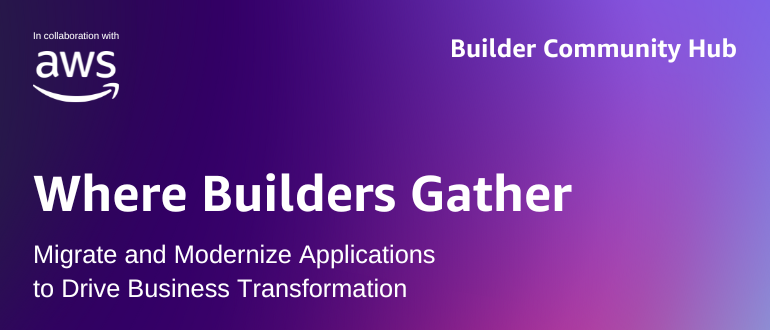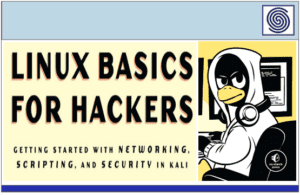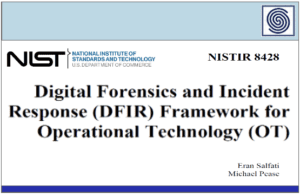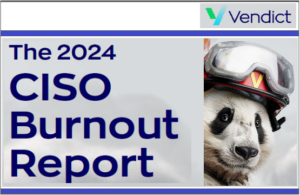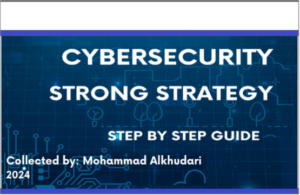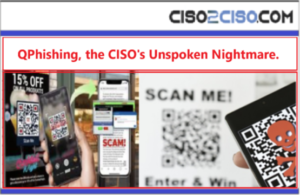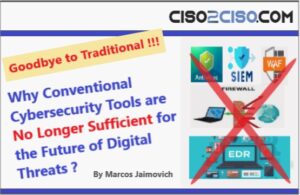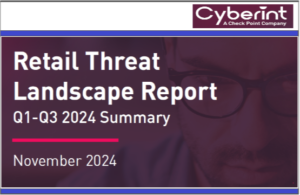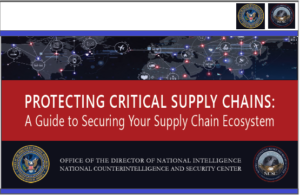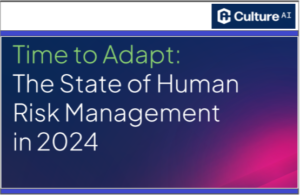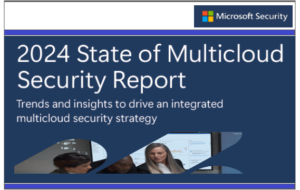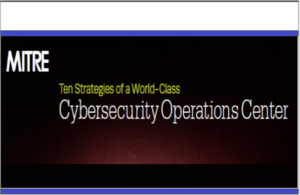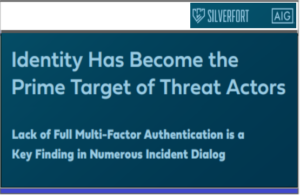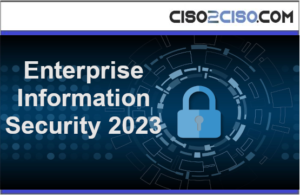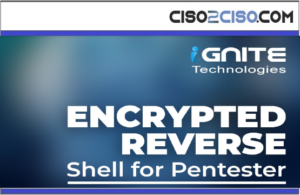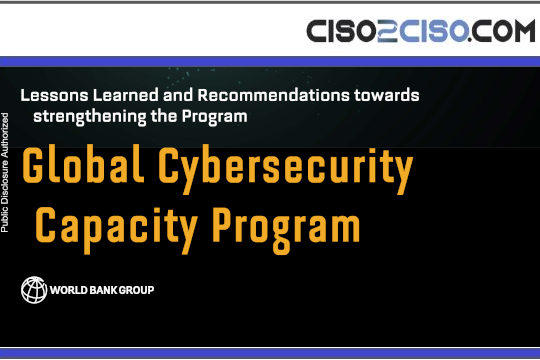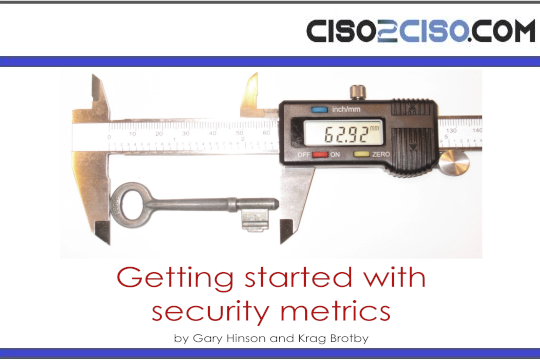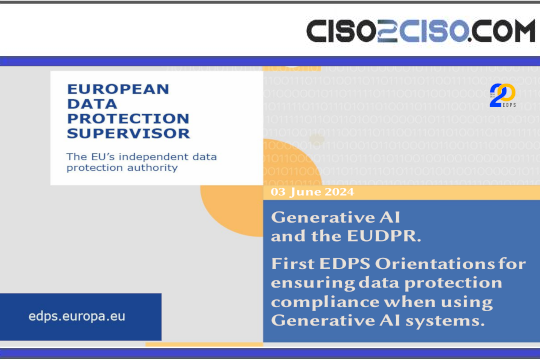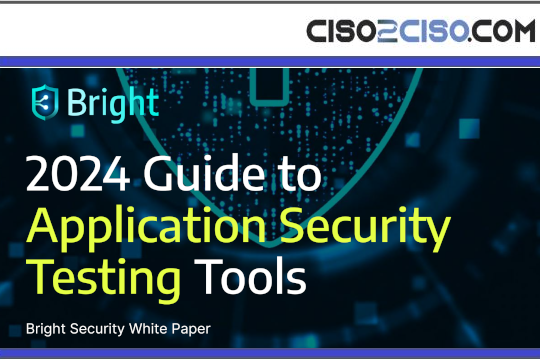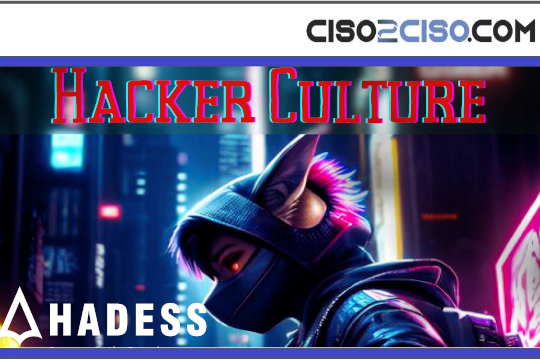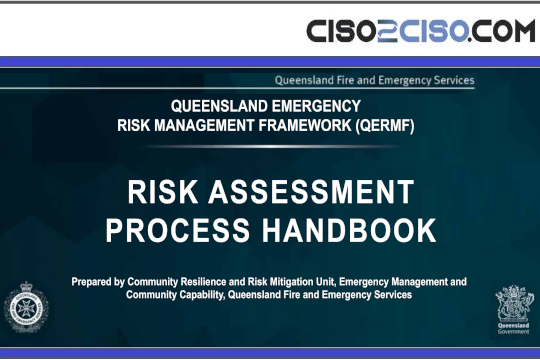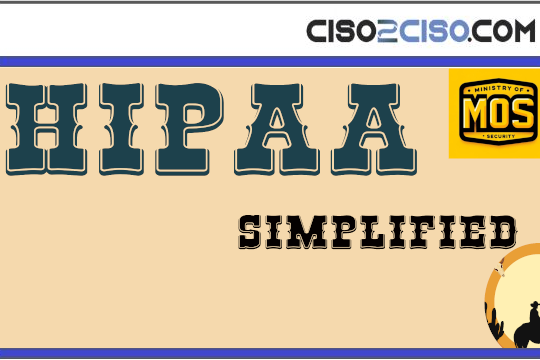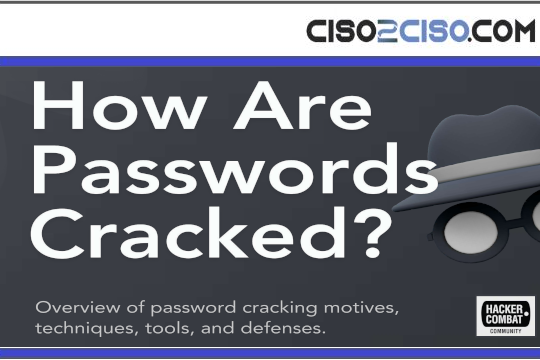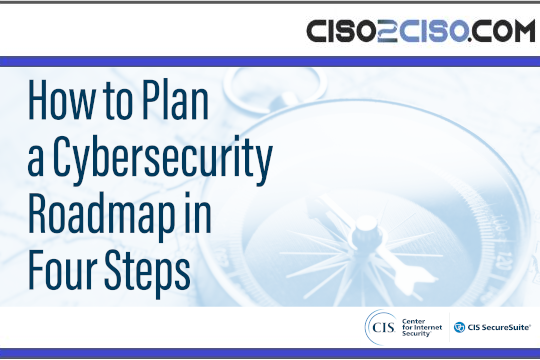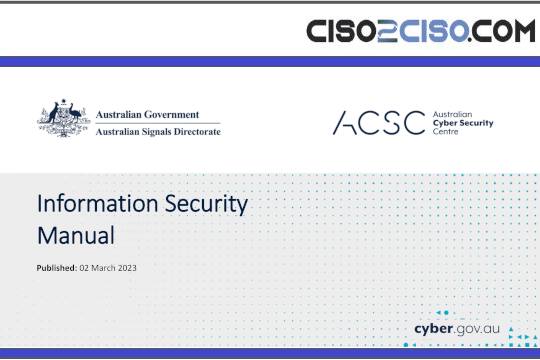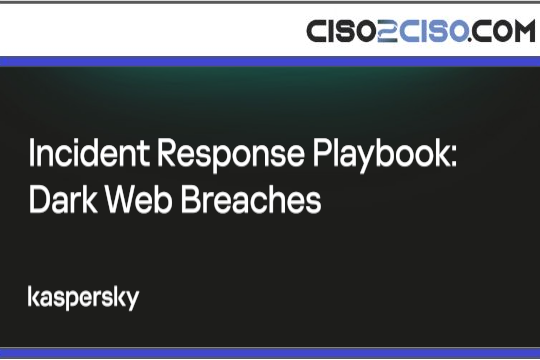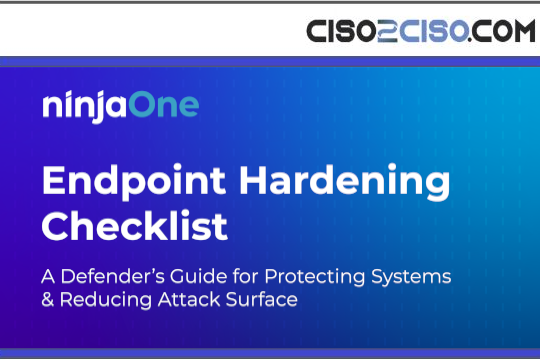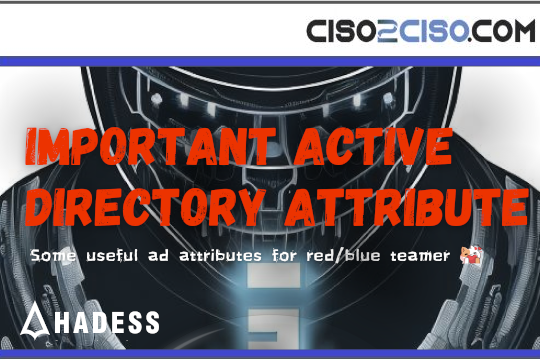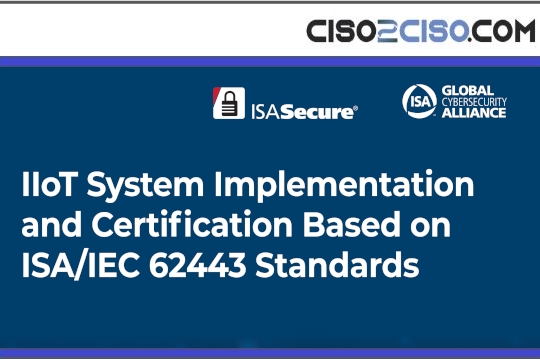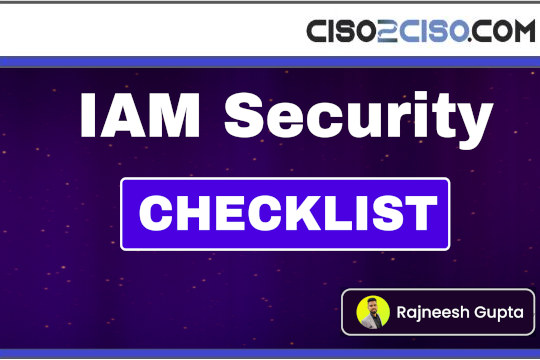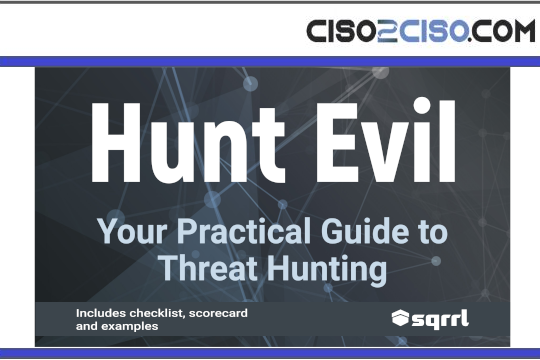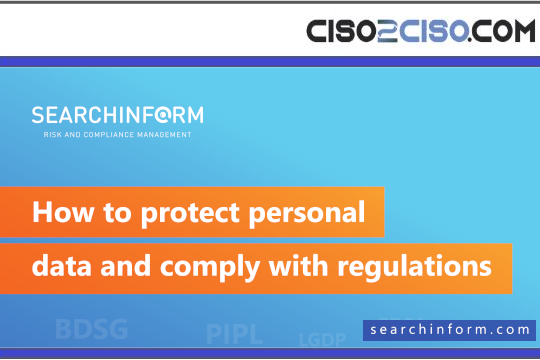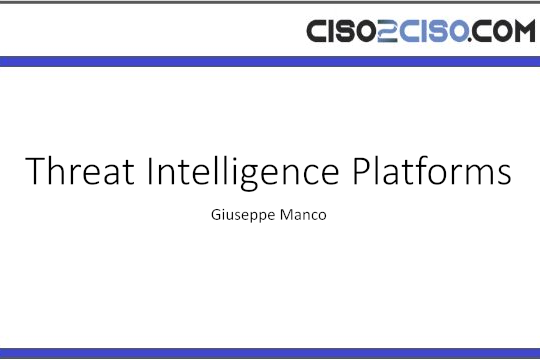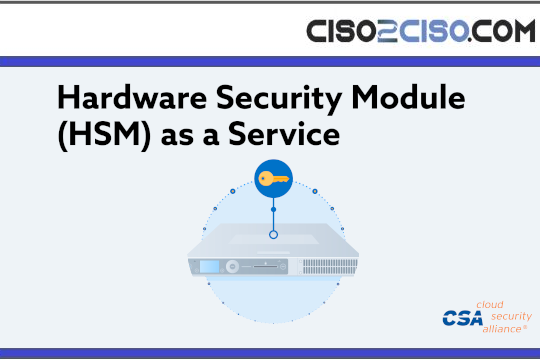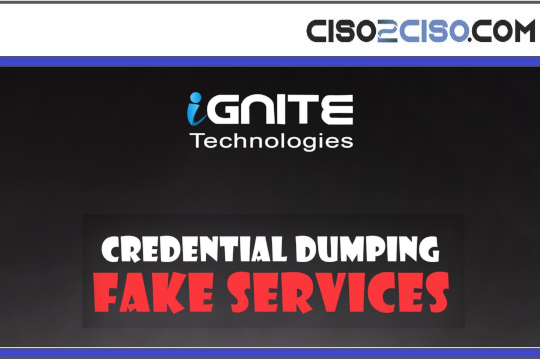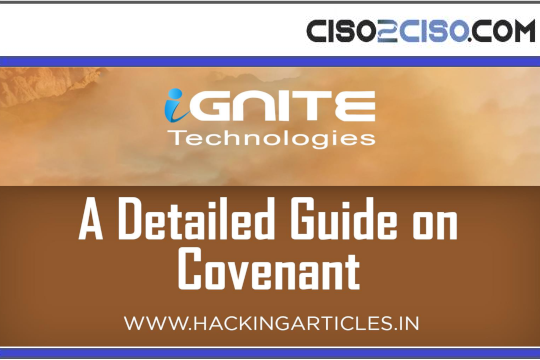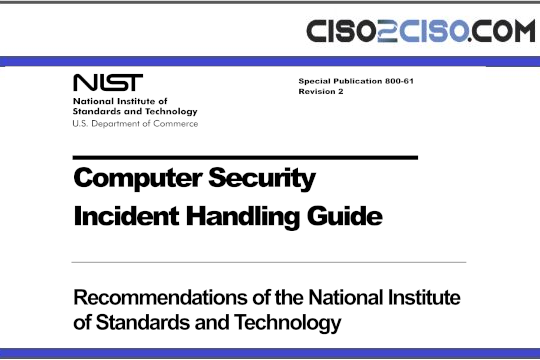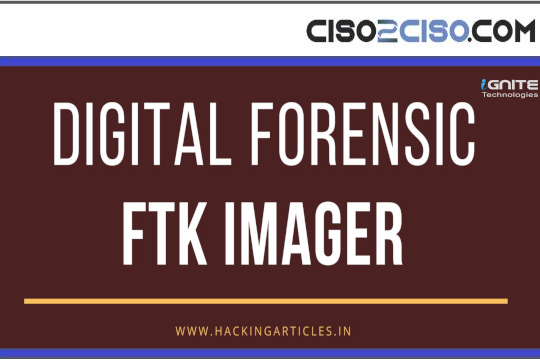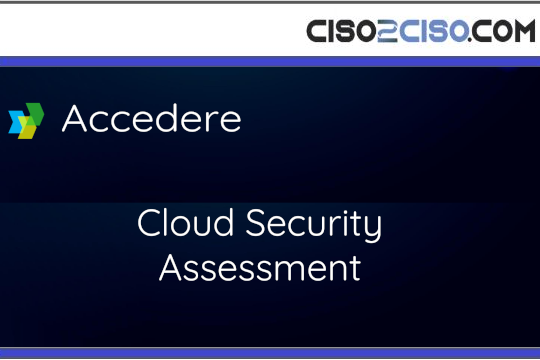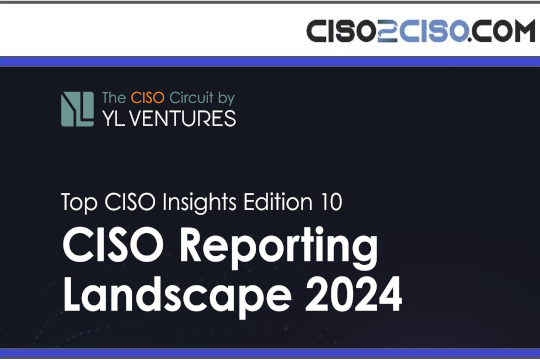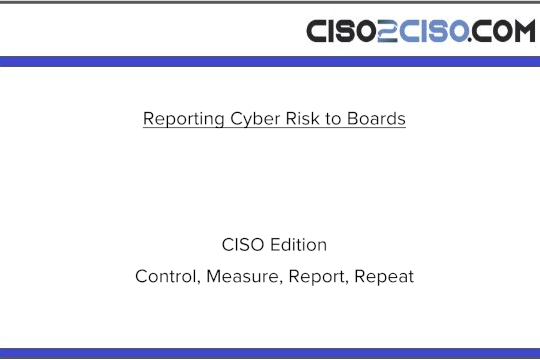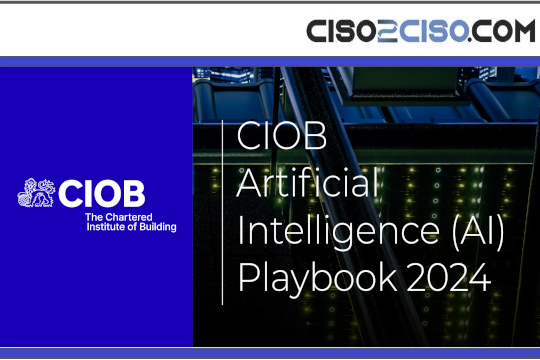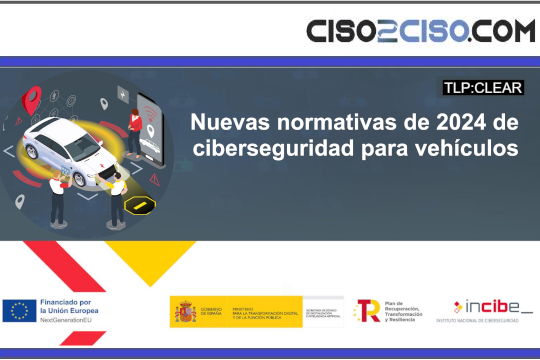Source: securityboulevard.com – Author: Mend.io Team
What you need to know about SCA tools
Quick Answer: The top SCA tools in 2025 are Mend.io (best for automated remediation and proactive SCA), Sonatype Lifecycle (known for enterprise policy management), Snyk (known for developer experience), and Checkmarx SCA (known for comprehensive coverage). According to industry reports, organizations using SCA tools can reduce vulnerability remediation time by up to 80%.
Key Statistics:
- 96% of applications contain open-source components
- 85% of software projects contain at least one outdated open source component
- Codebases contain at least one known vulnerability
- Supply chain attacks have become a significant threat to organizations
- According to Gartner, 61% of businesses were affected by supply chain attacks in the last year
This is a reality check that your applications are built on a foundation you likely don’t fully understand. Today’s applications rely heavily on open-source code, and increasingly AI developed code, and each of those components could potentially introduce security vulnerabilities, license violations, or operational risks into your environment.
Software Composition Analysis (SCA) tools exist to solve this problem. They give you visibility into what’s actually running in your applications and help you manage the risks that come with all that borrowed code.
Software Composition Analysis (SCA) is one type of application security testing (AST) tool that deals with managing the risk of open source component use. SCA tools perform automated scans of an application’s code base, including related artifacts such as container images and registries, to identify all open source components, their license compliance data, and any known security vulnerabilities.
Think of SCA tools as your risk management tool for open source dependencies. They automatically scan your codebase to create a comprehensive list of every open source dependency you’re using – both the ones you know about and the ones you don’t. Then they provide all the risk information you need to know on each dependency and apply your policies on it to ensure you are not using dependencies that may increase your application’s risk.
Core Features of SCA Tools That Matter
Components Detection and Inventory
The foundation of any good SCA tool is its ability to create accurate inventories. Software Composition Analysis tools typically start with a scan to generate an inventory report of all the open source components in your products, including all direct and transitive dependencies.
This matters because transitive dependencies – dependencies of your dependencies – often fly under the radar during manual reviews. Your application might use Library A, which depends on Library B, which depends on vulnerable Library C. An SCA tool maps these entire dependency chains automatically.
Vulnerability Detection and Prioritization
Here’s where SCA tools really earn their keep. Good software composition analysis solutions will not only tell you what open source libraries have known vulnerabilities, but they will also tell you whether your code calls the affected library and suggest a fix when applicable.
Reachability analysis has become crucial. Mend SCA evaluates vulnerabilities for objective and contextual factors, including reachability, exploit maturity, and EPSS/CVSS scores. For example, Mend SCA utilizes CVSS 4.0 severity ratings to gauge the potential impact of vulnerabilities and incorporates EPSS exploitability data to assess the likelihood each vulnerability will be exploited. This means you focus on vulnerabilities that actually affect your running code, not just theoretical risks.
However, some vendors are also able to analyze the code and pinpoint vulnerabilities that are truly in use by the application. Through reachability analysis, showing whether your code interacts with specific vulnerable functions in both direct and transitive dependencies, it can reduce the noise by 50%.
License Compliance Management
Open source licenses can be legal landmines. When Mend SCA detects license types that violate company policy, it issues real-time alerts with automatic remediation capabilities and can even block license violations before they become part of your code base.
Different open source licenses have different requirements. Some require you to make your code open source if you distribute it. Others have specific attribution requirements. SCA tools help you understand these obligations before they become legal problems.
Automated Dependency Updates
This is where tools like Mend Renovate shine. Mend Renovate helps developers automate dependency updates by detecting newer package versions and providing updates directly to the application code. The tool creates pull requests (PRs) and issues directly in the repository where updates are scanned. PRs include detailed information about updates, including age, adoption, passing rates, and complete change logs.
Furthermore, Mend Renovate leverages its vast user base of millions of open-source version users to provide commercial users with invaluable insights into the potential impact of each dependency update on their applications through crowd-sourcing. This innovative approach yields ‘Merge Confidence’ ratings, which significantly mitigate the risk of updates causing unexpected issues. By offering a clear likelihood of an update successfully integrating without breaking the application, and by intelligently grouping related updates, Mend Renovate streamlines the update process, preventing unnecessary rework and ensuring smoother, more reliable software development cycles.
SBOM Generation and Management
Software Bill of Materials (SBOM) generation has become increasingly important. Any SCA tool must do this well. Mend SCA generates a precise inventory of a software’s open source components, detailing all libraries and dependencies. Easily export your SBOM in standardized formats (SPDX, CycloneDX) and import third-party SBOMs while leveraging VEX data to meet government and customer requirements. Snyk, Sonatype, and Checkmarx have similar tools.
Reporting and Analytics
SCA tools should also provide comprehensive dashboards and reports that help different stakeholders understand risk. Fast feedback loops enable developers to respond rapidly to any vulnerability or license issues.
SCA Tools Comparison: Which Is Right for Your Organization?
| Tool | Known For | Pricing Model | Key Strengths | Ideal Organization Size |
| Mend.io | Automated remediation & dependency updates | All-in-one subscription | AI security, 80% faster remediation, | Mid to Enterprise |
| Sonatype Lifecycle | Enterprise policy management | Per-application licensing | AI-powered analysis, comprehensive SBOM | Mid to Enterprise |
| Snyk | Developer-first workflows | Per-developer seat | IDE integration, real-time scanning | Startups to Enterprise |
| Checkmarx SCA | Comprehensive coverage | Platform licensing | 73% more true positives, broad language support | Enterprise |
| Black Duck | Governance & compliance | Enterprise licensing | Deep policy controls, C/C++ support | Large Enterprise |
Notable Software Composition Analysis Tools
- Mend.io: Best for Automated Remediation and Proactive SCA
Pricing: Unified platform pricing starting at enterprise levels Implementation Time: 2-4 weeks for initial setup Best For: Teams who are looking for an AI native application security platform to secure AI powered apps, AI generated code and full visibility over their entire codebase.
Mend.io stands out for its comprehensive AI security solution and its approach to application security with a unique pricing model that offers one price for all 5 products, including SCA, dependency updates, SAST, container security, and AI security. This reflects the vision that customers need a holistic view of the application stack.
Key Differentiators:
- AI security solution: Mend AI detects all AI components in your code, provides risk information, applies policies, improves system prompts and also offers AI red teaming.
- Automated Dependency Updates: Mend Renovate creates pull requests automatically
- Fast Remediation: One of our most indicative KPIs is the amount of time for us to remediate vulnerabilities and also the amount of time developers spend fixing vulnerabilities in our code base, which has reduced significantly. We’re talking about at least 80% reduction in time.
- Comprehensive Coverage: SCA, SAST, container security, and AI security in one platform
ROI: Organizations typically see 70-80% reduction in security risks and save $21M+ annually through process automation.
- Sonatype Lifecycle: Known for Enterprise Policy Management

Pricing: Per-application licensing model Implementation Time: 4-8 weeks for enterprise rollout Best For: Large enterprises with complex policy management and governance
Sonatype Lifecycle’s Software Composition Analysis (SCA) capabilities combine automated dependency management and SBOM management, helping teams manage their open source software security risks effectively.
Key Differentiators:
- AI-Powered Analysis: Detection of AI components in Sonatype Nexus, providing risk information and applying policies automatically
- Policy Automation: Sonatype Lifecycle sets policies that govern what types of libraries [and] licenses can be used. Those policies are then managed throughout the development lifecycle, automatically.
- Build Integration: Extended of the Sonatype Nexus platform, making it an optimal choice for Nexus users who do not need an advanced AppSec solution.
- Enterprise Scale: Handles thousands of applications with centralized governance
Use Cases: Financial services, healthcare, government contractors requiring strict compliance.
- Snyk: Known for Developer Experience

Pricing: Per-developer seat model, free tier available Implementation Time: 1-2 weeks for basic setup Best For: Development teams wanting security integrated into daily workflows
Snyk Open Source integrates right into IDEs and SCMs and creates workflows, automated scans, and actionable security intelligence to help them remediate vulnerabilities.
Key Differentiators:
- Developer-First Design: IDE plugins and real-time feedback
- Comprehensive Platform: SCA, SAST, container, and IaC security
- Risk Prioritization: Snyk’s prioritization is based on the severity of a vulnerability but also by creating a Risk Score, by dynamically evaluating vulns for over a dozen objective and contextual factors
- Easy Adoption: Snyk’s real-time SAST and SCA vulnerability scanning and automated fix suggestions in the IDE and PR workflows ensure security from the start
Best For: Agile teams, DevOps environments, organizations with distributed development teams.
- Checkmarx SCA: Known for Comprehensive Coverage

Pricing: Platform licensing with enterprise focus Implementation Time: 6-12 weeks for full platform deployment Best For: Organizations needing comprehensive security coverage
Checkmarx has positioned itself as a comprehensive application security platform. Checkmax SAST identifies 73% more true positives and Checkmarx SCA identifies 11% more than Snyk. according to third-party testing.
Key Differentiators:
- Accuracy: Higher true positive rates with fewer false positives
- Language Support: Checkmarx solutions have the breadth and depth for enterprise coverage across the entire SDLC, integrates seamlessly into developers’ workflows, and supports over 75 languages and 100 frameworks.
- Malicious Package Detection: Checkmarx claims to have the largest repository of malicious packages
- Enterprise Support: 24/7 technical support with dedicated customer success
ROI: Organizations report 75% reduction in security workload and faster time-to-remediation.
- Black Duck: Known for Governance and Compliance

Pricing: Enterprise licensing model
Implementation Time: 8-16 weeks for full enterprise deployment
Best For: Large enterprises with complex governance requirements
Black Duck Software, formerly part of the Synopsys Software Integrity Group, offers a comprehensive portfolio of application security testing solutions. The company recently became independent again in 2024.
Key Differentiators:
- Mature Governance: Comprehensive policy management and enforcement
- Deep Analysis: Black Duck software composition analysis (SCA) helps teams manage the security, quality, and license compliance risks that come from the use of open source and third-party code in applications and containers
- Enterprise Focus: Built for large-scale, complex environments
- Compliance Ready: Strong audit trails and reporting for regulatory requirements
Quick Comparison: Snyk vs Checkmarx vs Sonatype vs Mend.io
For Startups/Small Teams: Snyk offers the easiest entry point with free tiers and simple setup.
For Mid-Market and Enterprises: Mend.io provides the best balance of automation, comprehensive coverage and proactive SCA.
For Enterprise: Sonatype Lifecycle offers sophisticated policy management and Checkmarx provides the highest accuracy and broadest language support.
For Compliance-Heavy Industries: Black Duck has mature governance features.
Other Notable Players
- Veracode: Strong in enterprise environments with comprehensive security programs
- JFrog X-Ray: Integrated with JFrog’s DevOps platform for artifact management
- OWASP Dependency-Track: Open-source option for organizations wanting full control
- FOSSA: Focused on license compliance and policy management
Best Practices for Implementing SCA Tools
Adopt a Remediation-First Approach
SCA solutions now bridge the gap between detection and remediation. Prioritization. A mature software composition analysis tool should include technologies that prioritize open source vulnerabilities.
The key is moving beyond just finding problems to actually fixing them. This means:
- Prioritizing based on reachability: Focus on vulnerabilities in code paths your application actually uses
- Automating dependency updates: Tools like Mend Renovate and GitHub Dependabot can handle routine updates automatically
- Integrating into developer workflows: Security findings should appear where developers already work
- Providing actionable remediation: Don’t just say “vulnerable library found” – suggest specific versions to upgrade to
Build Visibility into Software Supply Chain Risk
SCA helps enterprises manage and control the security and compliance risks that come with using open source libraries.
This involves:
- Comprehensive SBOM generation: Generate early, and update regularly. It is essential that SBOMs are generated as early in the SDLC as possible so that every added dependency can be recorded from early on.
- License compliance monitoring: Track license obligations and ensure they align with your business model
- Dependency health management: Monitor for outdated or abandoned dependencies
- Continuous monitoring: Continuous vulnerability scanning should trigger a scan on all projects where either container scanning, dependency scanning, or both, are enabled independent of a pipeline.
Detect and Prevent Emerging Threats
Further, SCA tools need to go beyond traditional vulnerability databases.
This includes:
- Malicious package detection: Identify packages that contain intentionally malicious code
- Container security scanning: Extend SCA analysis to container images and base layers
- Infrastructure as Code (IaC) security: Scan infrastructure configurations for security misconfigurations
- AI model security: As AI becomes more prevalent, scan for vulnerabilities in AI models and training data
Implementing SCA Tools: A Practical Roadmap
Step 1: Build Your Team and Define Goals
SCA should be an organizational initiative, not a one-person solution. If you want your implementation to be successful, the first thing you should do is assemble a cross-functional team of internal stakeholders.
Your team should include:
- Developers: They’ll use the tools day-to-day
- Security team: They’ll define policies and handle escalations
- Legal team: They’ll help with license compliance requirements
- DevOps team: They’ll integrate tools into CI/CD pipelines
Step 2: Start Small and Scale Up
When you’re finally ready to scan, starting with your entire code base is going to be overwhelming.
Begin with:
- One or two critical applications
- Clear policies for handling findings
- Automated remediation for low-risk updates
- Gradual expansion to additional projects
Step 3: Integrate into Development Workflows
The most successful SCA implementations integrate seamlessly into existing development processes. This means:
- IDE plugins: Developers get feedback as they code
- Pull request automation: Security checks happen before code merges
- CI/CD integration: Builds fail if they introduce high-risk vulnerabilities
- Dashboard integration: Security teams get visibility across all projects
The Future of Software Composition Analysis
SCA tools continue evolving rapidly. Key trends include:
- AI-powered analysis: More intelligent vulnerability prioritization and false positive reduction
- Supply chain attack detection: Better identification of compromised packages and suspicious maintainer activity
- Compliance automation: Automated generation of compliance reports and attestations
- Real-time monitoring: Continuous analysis of production environments, not just build-time scanning
Making the Business Case for SCA Tools
When evaluating SCA tools, consider these business benefits:
Risk Reduction: According to a Gartner report, 61% of businesses have been affected by a supply chain threat in the last year. SCA tools help prevent your organization from becoming part of that statistic.
Compliance Requirements: Government regulations increasingly require SBOMs and supply chain transparency. Having robust SCA processes positions you ahead of these requirements.
Developer Productivity: The right SCA tool helps developers move faster while maintaining security.
Cost Savings: Automated dependency management and vulnerability remediation save significant time and resources.
Building a Secure Software Supply Chain
SCA tools have evolved from simple vulnerability scanners to comprehensive supply chain security platforms. The best implementations combine automated discovery, intelligent prioritization, and seamless remediation workflows. They’re vital as a security and governance tool, as there isn’t there are nearly zero applications being developed without open source components.
The question isn’t whether you need SCA tools – it’s which ones will best fit your organization’s specific needs and how quickly you can implement them effectively. Start with clear goals, build the right team, and choose tools that integrate well with your existing development workflows.
Your software supply chain is only as strong as its weakest link. SCA tools help you identify those weak links and strengthen them before they become security incidents.
*** This is a Security Bloggers Network syndicated blog from Mend authored by Mend.io Team. Read the original post at: https://www.mend.io/blog/best-software-composition-analysis-sca-tools-top-6-solutions-in-2025/
Original Post URL: https://securityboulevard.com/2025/06/best-software-composition-analysis-sca-tools-top-6-solutions-in-2025/?utm_source=rss&utm_medium=rss&utm_campaign=best-software-composition-analysis-sca-tools-top-6-solutions-in-2025
Category & Tags: Application Security,DevOps,Security Bloggers Network,DevSecOps,supply chain security – Application Security,DevOps,Security Bloggers Network,DevSecOps,supply chain security
Views: 23


